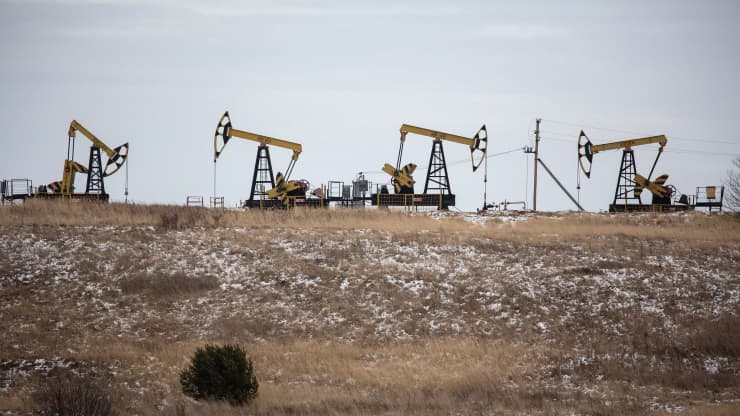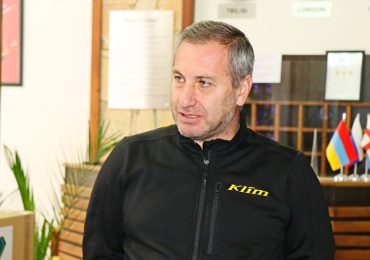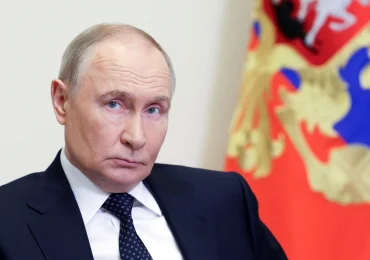OPEC and non-OPEC allies, after days of tense discussions, agreed on Thursday to increase production by 500,000 barrels per day beginning in January. This will bring the total production cuts at the start of 2021 to 7.2 million bpd.
Ahead of the meeting, OPEC and its partners, known collectively as OPEC+, were widely expected to extend the current production cut of 7.7 million bpd through at least March. Talks were suspended on Tuesday after it became clear they were unable to reach a compromise.
Oil ministers from the 23-member group, which is composed of some of the world’s largest crude producers, kicked off their meeting around 10 a.m. ET, following a several-hour delay.
“500,000 bpd from January is not the nightmare scenario that the market feared, but it is not what was really expected weeks ago,” said Rystad Energy senior oil markets analyst Paola Rodriguez Masiu. “Markets are now reacting positively and prices are recording a small increase as 500,000 of extra supply is not deadly for balances,” she added.
Following the meeting, international benchmark Brent crude futures traded 1.4% higher at $48.92 per barrel, while U.S. West Texas Intermediate futures settled 36 cents, or 0.8%, higher at $45.64 per barrel.
Both price contracts snapped a multiday losing streak in the previous session, closing higher on encouraging Covid-19 vaccine news. Oil prices remain more than 25% lower year to date.
In April, after days of protracted talks, OPEC+ agreed to the largest single output cut in history. The record cut of 9.7 million barrels per day started on May 1 but was subsequently scaled back to 7.7 million in August.
OPEC kingpin Saudi Arabia was thought to be the main advocate of keeping the current level of cuts in place until the end of the first quarter. However, some producers questioned this approach following a sustained rally in oil prices last month.
Analysts believe some non-OPEC allies, such as Russian and Kazakhstan, have been calling for a gradual increase to production curbs, whereas the United Arab Emirates has ostensibly been pushing for a strategy designed to improve compliance from overproducing countries.
Speculation of a rift between Saudi Arabia and the UAE earlier this week came as a surprise to some because of the UAE’s stature within OPEC. It is the group’s third-biggest producer and a close Gulf ally of Saudi Arabia.















